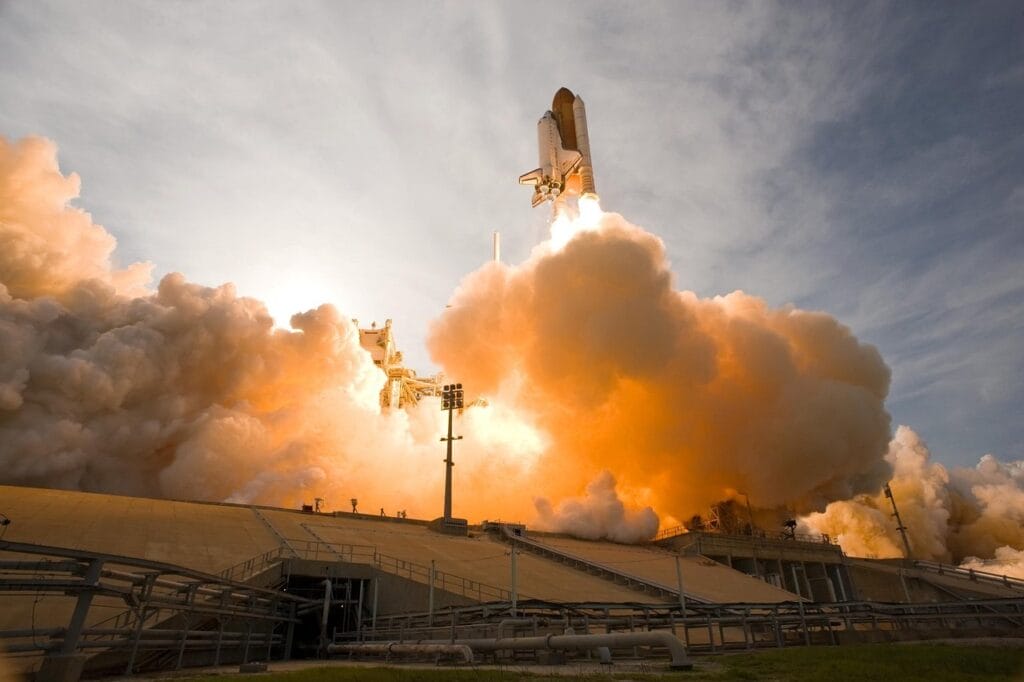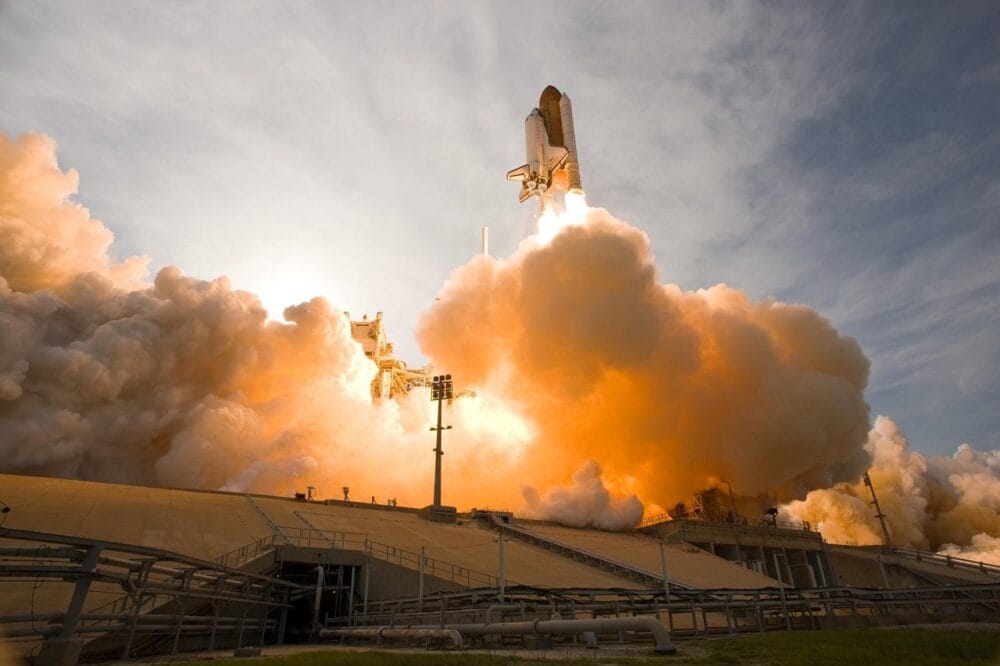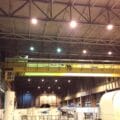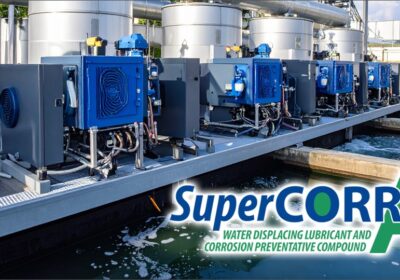Although the aerospace industry hasn’t quite delivered the vision of the future seen in those memorable pre-2000s movies – we’re still waiting for those self-lacing trainers, hoverboards and flying cars – it has turned science fiction into technological reality in many other ways. With advances in materials science, propulsion systems, and the arrival of artificial intelligence, the aerospace sector is pushing the boundaries of what was once deemed impossible. In this piece Jeff Hoyle, EVP Global Aero, Space and Defence and UK MD at Expleo explores four ways in which innovations from aerospace’s past are being adopted as the future in other sectors.
1. Inspiring the carbon composite recycling process
The aerospace sector has blazed a trail when it comes to defining ingenious ways to recycle notoriously challenging materials. Take carbon composites, a breakthrough strong and lightweight material first introduced in the late 1950s that is challenging to recycle by conventional methods. Today, it can be recycled relatively easily thanks to an innovation developed by aerospace engineers.
They defined a solution that involves breaking down the resin in the carbon composite in a process called pyrolysis, leaving clean carbon fibres behind, that can be repurposed. The success of such initiatives led to cross-industry collaborations and the adoption of aerospace-inspired recycling techniques in various manufacturing sectors.
Industries such as automotive, renewable energy, and consumer electronics are now incorporating aerospace-derived composite recycling methods into their work. By reusing materials, companies are reducing their reliance on raw resources, decreasing energy consumption, and minimising waste – helping to improve the overall ecological footprint of diverse manufacturing processes.
2. Helping to prepare for natural disasters
Satellite technologies, originally developed by engineers for space exploration, are now being used to monitor and study our planet. These satellites are equipped with advanced sensors and provide invaluable data for environmental monitoring, climate studies and disaster management.
For example, the weather forecasting sector has greatly benefited from space-based technologies. Satellites equipped with sensors and instruments can track atmospheric conditions, monitor weather patterns, and provide real-time data crucial for accurate and timely weather predictions.
This information is vital for monitoring natural disasters such as hurricanes, earthquakes, and wildfires – aiding in disaster response and evacuation planning. Just earlier this year, satellite data was praised as helping Australian state governments to gain situational awareness over flooded regions and make active decisions to save lives.
3. Pioneering advanced manufacturing techniques for the energy sector
Precision engineering and advanced manufacturing processes developed for aerospace applications, such as additive manufacturing, are now being used in the energy sector.
For example, power plants and renewable energy systems often require specialised parts that can be efficiently manufactured using additive techniques such as 3D printing. This customisation can improve the performance and reliability of energy systems, with the process also allowing engineers to quickly prototype components – speeding up the development cycle.
4. Helping to drive automotive towards autonomy
Autonomy, first extensively researched and implemented in aerospace for unmanned aerial vehicles (UAVs), is influencing the development of autonomous technologies in the automotive industry, particularly in self-driving cars.
We expect driverless vehicles in controlled environments, such as dedicated taxi lanes, car parks, or airports, to become commonplace in the next few years – and the expertise gained from aerospace is helping to pave the way.
For example, the experience gained in training AI models for UAVs, such as for route optimisation, has contributed to the development of similar systems for autonomous vehicles on roads.
Another example is airport control towers. These have inspired connected car architecture, incorporating a central hub for vehicle-to-vehicle (V2V) and vehicle-to-infrastructure (V2I) communication in a similar way. This infrastructure helps to facilitate the exchange of real-time data between the vehicles, enhancing safety and traffic flow.

Aerospace is undoubtedly an industry packed with pioneers, and it’s no wonder that other industries look to the sector for the cross-fertilisation and inspiration that drives innovation. In the future, companies that form deep partnerships with third-party experts outside their own industry will be the ones to maximise potential, setting themselves up to meet and succeed in their sustainable transformation goals.
To find out more about ways to optimise and digitise your aerospace systems, visit www.expleo.com.








